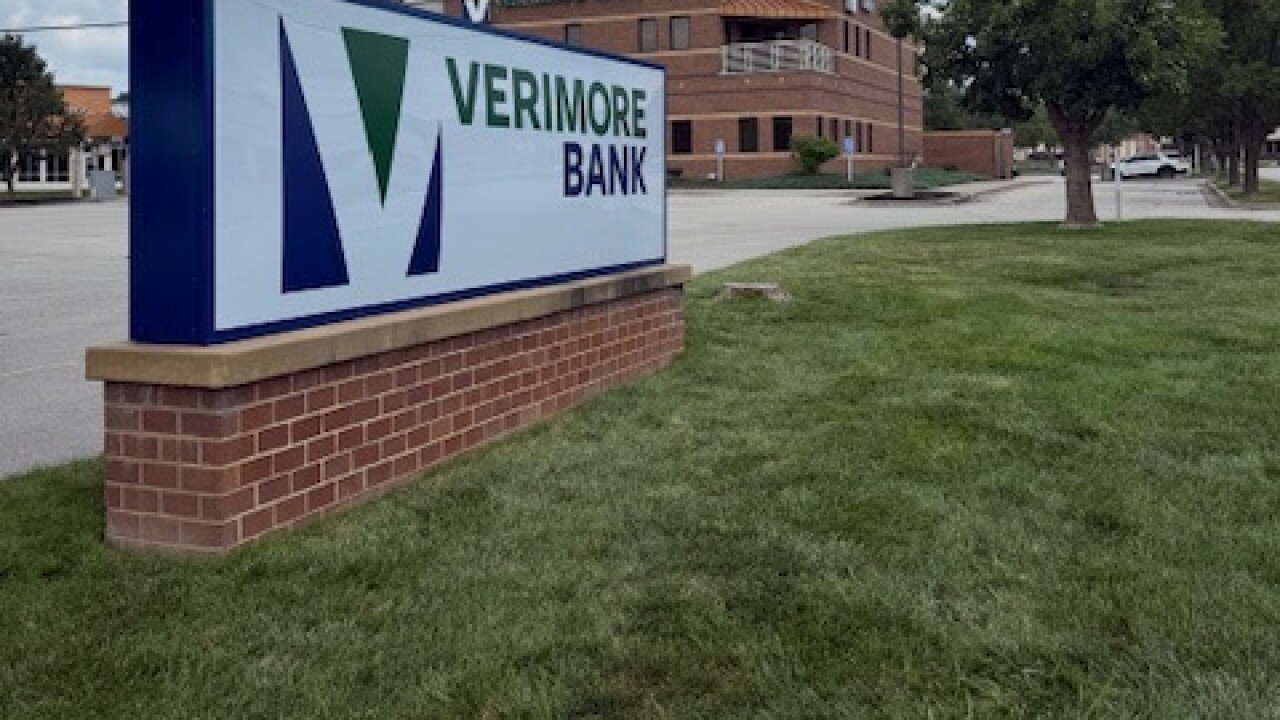Remember the London interbank offered rate, also known as Libor? That rate that no one paid attention to, but then suddenly was on the front page of every newspaper because of the way some reporting banks submitted false quotes. People were justifiably upset, and so, in 2017, the U.K.’s Financial Conduct Authority decided that Libor had to go.
As bankers know, Libor is one of the world’s most important interest rates. Yet, very unfortunately, the
At this rate, losing Libor is going to be a mess. Borrowers will be confused and angry, businesses will get tied up in litigation and we will have turned an exercise that was aimed at restoring the public’s trust into a failure.
This isn’t an obscure threat off in the distant future. It’s a problem that many have identified as a serious risk to our financial markets. Now — not two and a half years from now when Libor is expected to be replaced — is the time for the industry, Congress and regulators to come together to develop viable solutions and stave off the worst-case scenarios.
The stakes are high because Libor is currently the benchmark interest rate on nearly $400 trillion in financial contracts globally and $200 trillion in the U.S. Millions of people rely on Libor-based mortgages and student loans. Business loans and investments, such as those made by pension and other retirement funds, are tethered to the interest rate, too.
The U.S. Federal Reserve, which is working hard to avert the worst-case scenarios, has endorsed the secured overnight financing rate as a replacement, but, so far, few new contracts are using it. Despite Libor’s deep flaws, it has been hard for SOFR to gain traction. Because SOFR is new, building its liquidity has been a challenge. Even more difficult to overcome is SOFR’s current lack of a term structure. There are no one-month, three-month or six-month SOFR rates. The rate changes overnight, which makes it unattractive to consumers and bond issuers.
The Federal Reserve’s alternative reference rates committee is also working to build a term curve for SOFR, but the job will be difficult until there are more SOFR debt issuances. We may not get there by December 2021.
Meanwhile, many contracts continue to use Libor, despite its likely demise. That leaves us with more than $8 trillion in outstanding Libor-based contracts, including business loans, floating-rate notes and bonds, securitizations and consumer loans, most of them residential mortgages. Most of these contracts never contemplated a world without this rate. And so, they have no clear language outlining what the replacement rate will be if Libor goes away in an unorganized manner.
To avert the coming Libor disaster, the finance industry needs to do several things. The first would be to include robust fallback language in all new Libor transactions, specifying what rate to use when Libor goes away. Otherwise, the number of financial contracts with weak or no replacement language will keep growing.
In addition, stakeholders need to come together to amend legacy business loan contracts to specify a replacement rate. This can be done if the two sides can agree how things should move forward.
The industry also needs to make it possible for bondholders to communicate with each other so they, too, can collectively amend their contracts. Because of the way market infrastructure is set up now, it is impossible for investors holding the same security to communicate with one another or with the company who issued the securities, but technology could be used to change that.
Other larger-scale solutions must be weighed, and quickly. Fed officials have considered approaching the New York State Legislature to ask that it create a safe harbor for legacy Libor-based contracts. And some key industry participants, including a significant and growing number of cash investors, are advocating for the continued production of Libor, or at least the creation of a synthetic Libor with SOFR as the key underlying component, to be used in legacy deals until they mature.
We have to, of course, determine the viability of these approaches before moving forward with any of them. But if we don’t set ourselves to the task, we’ll soon have a lot of cleaning up to do.





